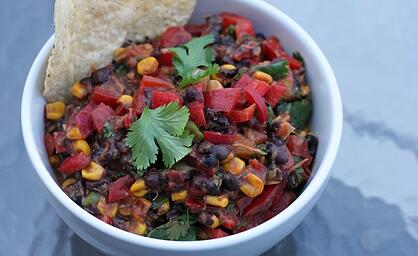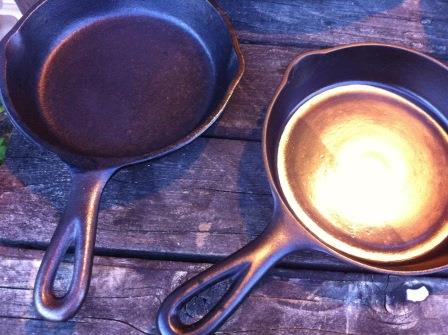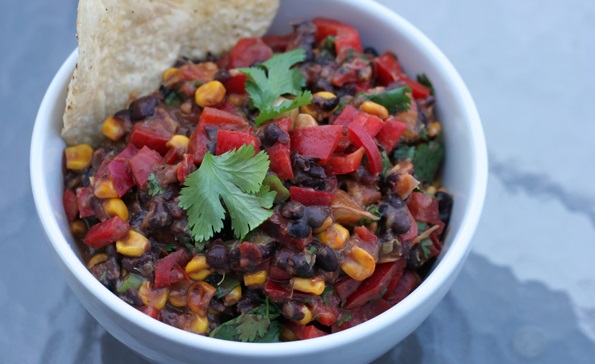Iron plays an important role in the body. This mineral is critical to the structure of the hemoglobin and myoglobin which are the oxygen-binding proteins found in your red blood cells and muscle cells, respectively. The iron-rich, oxygen-binding hemoglobin is able to deliver oxygen from your lungs to all the cells within your body to fuel their functions. Myoglobin’s role is to receive the oxygen from the hemoglobin and deliver it to the cells throughout the muscle.
Iron Helps Carry Oxygen Throughout Your Body
Iron plays also plays a role in energy metabolism, growth, DNA synthesis, enzymatic reactions, neurotransmitter synthesis, and protein synthesis.
If you have a chronically low iron intake or absorption, hemoglobin and myoglobin cannot form properly and less oxygen is able to be delivered. This leaves your cells and muscles starving for oxygen and struggling to fuel your cells — making you feel weak, tired, and more quickly fatigued, among other symptoms. This is called iron deficiency anemia.
Where Can You Find Iron if You're Not Eating Meat?
Iron can come from both animal sources and plant sources. The iron that comes from animal food sources is referred to as ‘heme iron,’ while plant sources have a different form of iron referred to as ‘non-heme iron.’ The major difference here is that heme iron is much more bioavailable, or readily absorbed and used within the body.
But that doesn’t mean vegetarians are doomed to develop iron deficiency anemia. They just have to focus on iron-rich, plant-based food sources, and do some careful pairing! In fact, several studies1 have shown that although vegetarians typically have lower iron stores, iron deficiency anemia is no more prevalent in vegetarians than it is in the general population.

We all know that meat, poultry, and fish are good sources of iron, but vegetarian sources may not be as obvious. Dried beans, peas, lentils, pumpkin seeds, soy beans, peanut butter, enriched breads and cereals, whole grains, dark leafy green vegetables like spinach or kale, and dried fruits all make the list as good sources of iron. Although these non-heme sources of iron are difficult to absorb, there are a few foods you could avoid and or pair them with to boost absorption.
Winning Combo: Pair Vegetarian Sources of Iron with Vitamin C
Vitamin C does a particularly good job at increasing iron absorption. Good sources of vitamin C include citrus fruits like grapefruit or oranges, raspberries, blueberries, cranberries, strawberries, watermelon, pineapple, papaya, mango, cantaloupe, tomatoes, potatoes, green and red bell peppers, broccoli, leafy greens including cabbage and spinach, winter squash, Brussels sprouts, and others.
So when you’re cooking, assembling a meal, or making a snack try to pair up sources of vitamin C with foods that also provide iron. For example, if you are making a salad, include spinach topped with strawberries and dried fruit, sprinkle berries on top of whole grain or enriched cereal, mix black beans in with your salsa in a Mexican dish, or include tomato sauce on some whole grain pasta.
Another suggestion to increase your iron absorption is simply to cook in an iron pan, as the iron can actually leach into foods, increasing your iron absorption.

Achieve Dietary Balance to Optimize Nutrient Absorption
There are also some nutrients that decrease iron absorption. Not necessarily because they are unhealthy, but because they bind to the nutrient, inhibiting absorption. Polyphenols found in tea and coffee, and phytates found in grains, nuts, seeds, and legumes for example, are antioxidants that are linked to reductions in cancer, but they also can inhibit absorption of iron. Calcium has also been linked to decreased iron absorption.
Although these nutrients may hinder iron absorption, there is no need to cut out these foods as they still have a lot to offer nutritionally. Instead, it always goes back to balance. If you don’t drink coffee and tea in excess, and you don’t consume excess amount of foods containing phytates you should be fine. Processes such as the leavening stage in bread making also can diminish phytate levels and improve iron absorption. As for calcium? Try to take your calcium supplement or consume a calcium-rich food at a separate time from when you consume your iron-rich foods.
Check out this page from the National Institute of Health for information on recommended amounts of iron intake. You may also notice that vegetarians are recommended to consume about 1.8 times as much iron as non-vegetarians, because of the iron being less bioavailable.
If you enjoyed this article, you may also be interested in these related blog posts:
- Getting Enough Protein & Essential Amino Acids on a Vegetarian Diet
- The Virtues of Hemp Seed: An Easy Add-in With Big Nutritional Benefits
If eating for nutritional value is important to you, check out our Whole Grains Guide:
Resources:1. Position of the American Dietetic Association: Vegetarian Diets. J. Am. Diet Assoc. 2009. 109-1266-1282.
2. “Dietary Supplement Fact Sheet for Health Professionals: Iron.” Office of Dietary Supplements. National Institutes of Health. Reviewed April 08, 2014. Web. Accessed June 2014. http://ods.od.nih.gov/factsheets/Iron-HealthProfessional/#en3
Image credits:
Black beans and salsa- photo credit: Maggie Hoffman via photopin cc
Iron pan- photo credit: litlnemo via photopin cc





